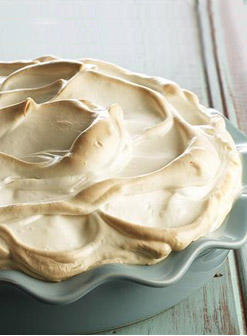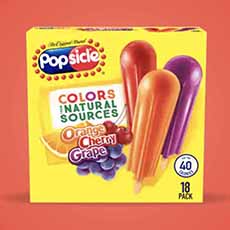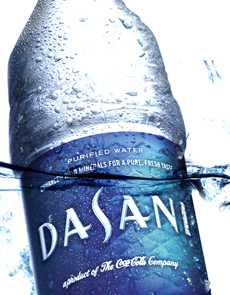|
August 14th is National Creamsicle Day.
Many foods—from yogurt thousands of years ago, to cream cheese, fudge, ganache, ice cream soda, and Toll House Cookies in the late 19th/early 20th century—were invented as the result of happy accidents. The Popsicle®, the first of the “sicle” ice cream novelties, was no different.
> The Creamsicle Ice Cream Cake recipe is below.
> Check out these Creamsicle recipes, from Creamsicle cheesecake to Creamsicle fudge.
THE HISTORY OF THE POPSICLE & THE CREAMSICLE
In 1905, 11-year-old Frank Epperson mixed together a fruit drink (believed to be orange-flavored) from powder and water and inadvertently left it on the porch.
It was an unseasonably cold night in the San Francisco suburbs, and when Frank found his drink the next morning, it was frozen. He eased it out of the glass and, holding it by the stirrer, ate it.
While Frank may have enjoyed his frozen fruit drink over the years, the public story doesn’t continue until 1923. A 29-year-old husband and father working in the real estate industry, Frank made what he called Epsicles for a fireman’s ball.
They were a sensation, and Frank obtained a patent for “a handled, frozen confection or ice lollipop.’” His kids called the treat a Popsicle (photo #4), after their Pop.
So Frank created Popsicle Corporation and collaborated with the Loew Movie Company for the nationwide marketing and sales of the product in movie theaters.
By 1928, Epperson had earned royalties on more than 60 million Popsicles.* But his happy days ended with the Great Depression. In 1929, flat broke, Frank had to liquidate his assets and sold the patent to, and his rights in, the Popsicle Corporation.
Following three more corporate sales over the years, Popsicle® and Creamsicle® are now part of Unilever’s Good Humor Division.
While the record isn’t clear, Frank may also have invented the twin Popsicle, with two sticks so it could be shared by two children.
Over the years, the Popsicle Corporation continued to create frozen treats on a stick: the Fudgsicle (a chocolate-flavored pop with a texture somewhat similar to ice cream), the Creamsicle (vanilla ice cream and orange sherbet) and the Dreamsicle (a Creamsicle filled with ice milk instead of ice cream).
NATIONAL CREAMSICLE DAY
August 14th is National Creamsicle Day*. You don’t need to buy a Creamsicle to celebrate: Have a scoop of vanilla ice cream with one of orange sherbet.
You can also make vanilla cupcakes with orange frosting or top vanilla ice cream with orange liqueur.
Or, enjoy this recipe for Creamsicle Ice Cream Cake:
RECIPE: CREAMSICLE® ICE CREAM CAKE
Ingredients
1 loaf pound cake
1 pint vanilla ice cream
1 pint orange sherbet
Optional: orange marmalade
Grated orange zest (optional)
Preparation
1. SOFTEN the ice cream at room temperature until it is just spreadable.
|






